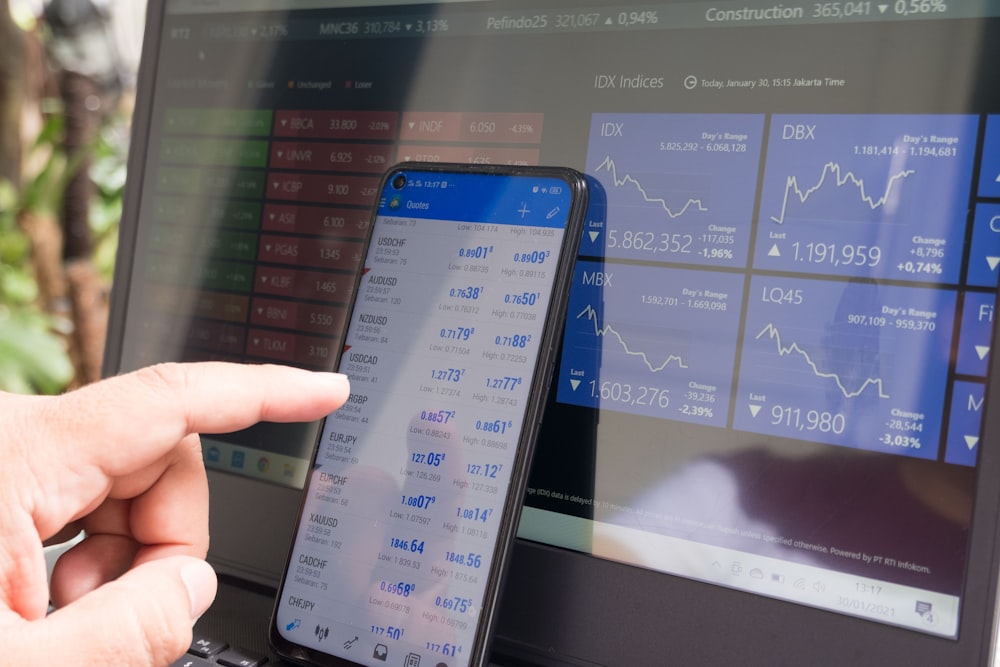
I communicate with many investors, and there is a widespread misconception amongst them about fund (mutual fund, ETF, CEF) expenses. Financial advisors and fund companies perpetuate this myth for their own benefit.Fund expenses are quoted as a percentage of assets. Expense ratios are published on fund web pages and many financial websites. Fund expenses can range from a few basis points (1/100th of a percent) to several percent.The conversation about fund expenses changed when Vanguard launched the Vanguard 500 Index Fund in 1976. Before index funds hit the market, all mutual funds were actively managed, with investments chosen by professionals to achieve stated investment goals.But an index fund can be managed by software. It buys stocks to match the holdings and weightings of a specific index. For example, an S&P 500 index will buy the 500 stocks in the same weight as the index. Index funds do not require the fund sponsor to do any research or pay for an experienced manager.As a result, index funds have very low expenses. An investment theme grew from this fact that if the average actively managed fund, with much higher costs, could not beat the index, why invest in funds with high expense ratios? With the same portfolio returns, a lower-expense fund will generate a higher return for investors. The financial services industry realized they could market index funds to gather assets without bothering with actually managing the money they collected. “Lower your expenses” became a central educational and marketing point.The fact not disclosed here is that all reported fund and ETF returns are net of expenses. So, if an ETF with higher expenses reports better returns than a comparable index ETF with low expenses, investors are better served investing in the actively managed fund. Don’t fall into the trap of believing that the expense percentages will reduce published fund or ETF returns.Active management can pay significant dividends when investing in more focused market sectors. For example, I recommend the Virtus InfraCap U.S. Preferred Stock ETF () in my Dividend Hunter service. PFFA has a 2.5% expense ratio, of which 0.80% is management fees. PFFA does use moderate leverage, and interest expense accounts for the balance of expenses.The iShares Preferred and Income Securities ETF () is the largest index-tracking preferred stock ETF. PFF has expenses of 0.46%.PFFA pays stable and growing monthly dividends for investors, which yield 9.45%. PFF pays fluctuating monthly dividends and yields 6.3%. Share price appreciation for the two funds for the last year has been the same. Which would you rather own: Earn 9.45% with higher expenses, or 6.3% with lower expenses?More By This Author:Buybacks Or Dividend Increases: Which Is Better? Will The Marcellus Save Elon Tesla?7% Yield And Consistent Dividend Growth
When To Pay Higher Expense Ratios For Higher Yields

